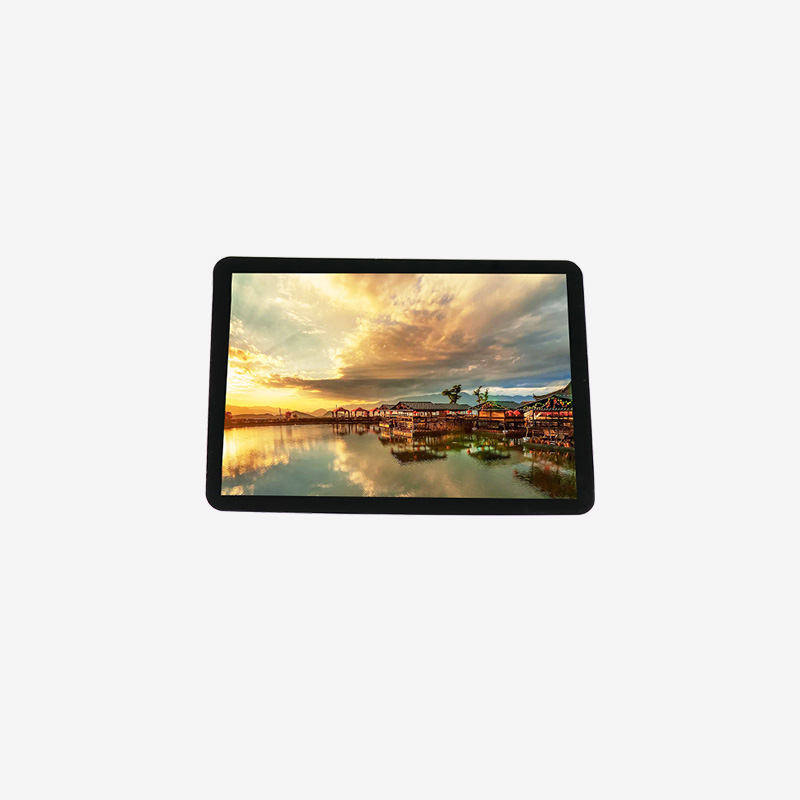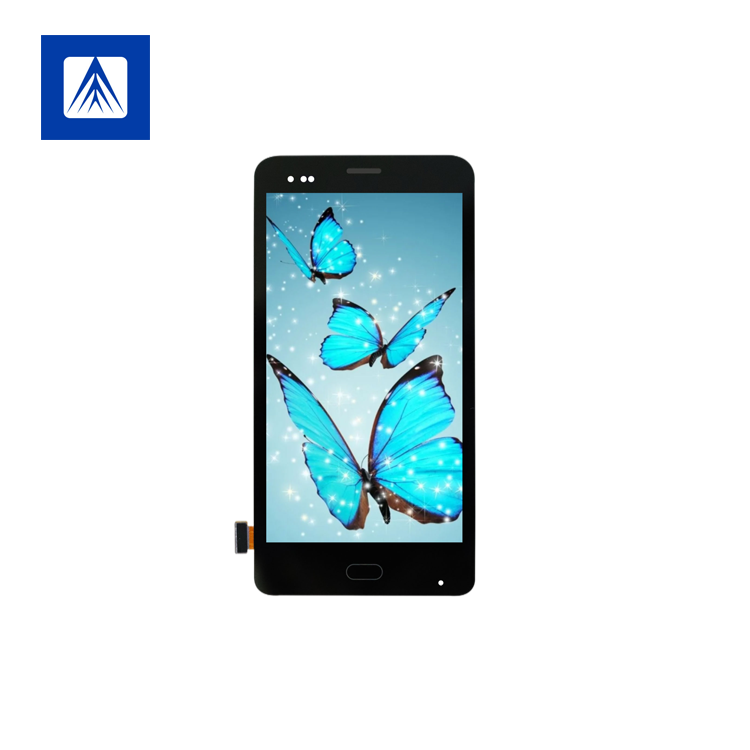The LCD (Liquid Crystal Display) itself does not emit light; it achieves the display effect by adjusting the brightness of the light, making it a passive display. LCDs are mainly made using the twisted nematic effect of liquid crystals, which is an electrical effect. Here, we first introduce the structure and principle of LCDs, as well as their technical and process characteristics. This information can help in making informed purchases and using and maintaining the displays more scientifically and rationally. Liquid crystals are an organic composite, composed of long rod-shaped molecules. In their natural state, the long axes of these rod-shaped molecules are roughly parallel.
The main advantage of liquid crystal displays is that they can display multiple lines of Chinese characters as well as graphics. Beyond this, using an LCD module as a display device offers many other advantages, primarily shown in the following aspects:

Small size and light weight. LCD modules achieve their display purpose by controlling the state of the liquid crystal molecules through electrodes on the display, and they are much lighter than traditional displays with the same display area.
Low power consumption. The power consumption of LCD modules is mainly consumed by their internal electrodes and driver chips. Therefore, for the same display area, LCD modules consume significantly less power than other display devices.
High display quality. Since each point on an LCD module maintains its color and brightness once it receives a signal, it emits light continuously, unlike some display devices that need to constantly refresh bright spots. Thus, LCD modules provide high picture quality without flickering, reducing the eye fatigue associated with using LCD modules.
No electromagnetic radiation. The inherent characteristics of LCD modules mean they have no electromagnetic radiation, a benefit that has led to the widespread use of LCD TVs and computer monitors.

Simple and convenient digital interface. LCD modules are digital, making the interface with microcontrollers very simple and easy to operate.
Wide range of applications. LCD modules, especially dot-matrix graphic LCD modules, can display numbers, characters, Chinese characters, and graphics, making them suitable for various applications.
LCD modules (LCMs) generally have built-in LCD drivers, which use a set of control instructions for display control. These LCMs have a simple interface with microcontrollers and are easy to control, leading to their widespread use. Generally, mastering one type of LCD module allows familiarity with others that use the same type of driver.
